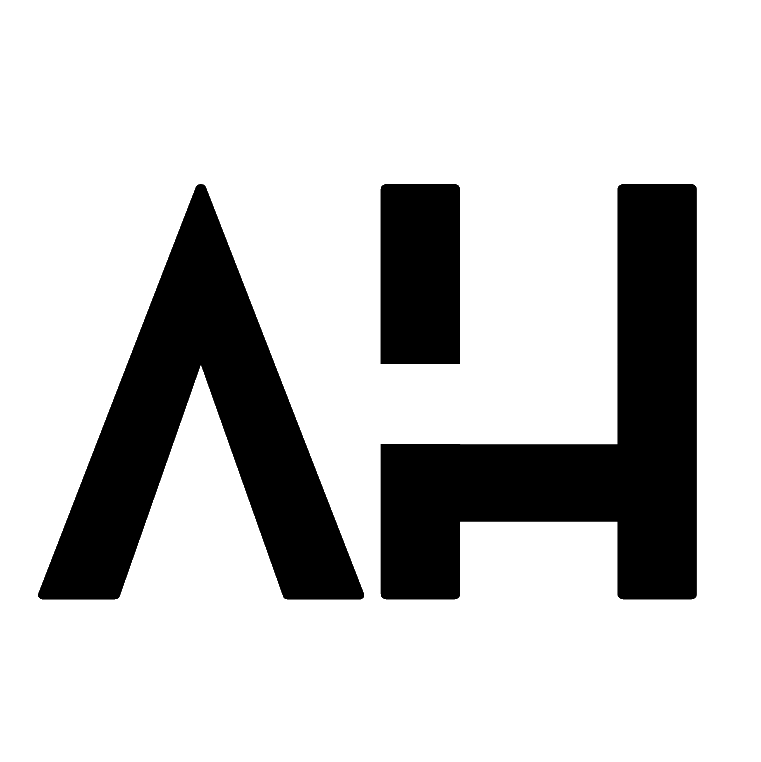Website Design: Part-1
First Steps to Consider
When operating a business, a website is unquestionably one of the most essential tools, where potential consumers can get to know you and your commerce. If planned and designed effectively, a website will serve as a potential customer generation engine, converting web traffic into more sales. Breaking the rules, on the other hand, might set off a cascade of irrevocable issues that will eat up your time and money.
Planning a website is a complex task. By investing time, you can assure that you won't miss a crucial stage that might make or destroy your internet presence. In the following text, we've included the most crucial bullets to think about while planning your website:
Define your goal(s) and your target audience
Defining your website's purpose is an excellent place to start while planning your website. Some people want to create a website so that their business has an online presence and improves profits, while others simply want a creative place to share their thoughts and ideas.
Although your main goal may seem obvious to you, to achieve it, it's a good idea to break it down into smaller, more manageable chunks. That way, you'll be able to keep a better track of what's going on, and if something goes wrong, you'll be able to find out where it happened.
While you contemplate what your website's objectives are, it is also crucial to consider whom you are designing your website for. By understanding your target audience's needs, you can easily figure out what kind of creative message would resonate with them, and which channels they favor. Imagine that the website you're going to create is for baby furniture. In this case, your target audience would be young parents or parents-to-be. By understanding their desires you can find the best strategy to turn them into your customers and boost sales.
Study your competitors
Once you’ve defined your goal(s) and target audience, it is highly suggested to look at your competitors. Whatever your business plan is, there's a good chance that someone else is already doing it well and successfully.
Once your competitors are delineated, look at their websites to see what works well for them and what might be improved. Another thing to keep an eye on is how frequently they post fresh material or products for sale. What are some techniques that you haven’t considered and are there missing gaps that you can fill with your knowledge?
Think about your budget
Another core element in the website planning process is budgeting. The price always depends on individuality, the effort for the design, security requirements, and the required functionalities. When planning your budget, alongside all the initial costs, such as the cost for domain and hosting, design and development, content writing, graphic design, etc., it’s also crucial to consider ongoing maintenance costs, such as domain and hosting, content writing, advertising, updates, and maintenance, etc.
Choose a domain name and a hosting
A suitable domain name is the basis for a promising business idea. A good domain name, however, is not found overnight. You'll need a name that's simple to remember, relevant to your field, and, most crucially, still accessible. A good domain name should immediately convey what the website is about and consist only of letters and numbers - special characters should be avoided.
Regarding your hosting provider, there are a lot of alternatives out there. To find the best one for you, there are a few points to consider, such as the maximum amount of traffic that the provider can handle, if online sales are going to take place, how many people are sharing the hosting, etc.
Build a strong brand identity
Brand identity refers to the characteristics of a brand that shape its character. Elements such as logos, typography, color palette, templates, packaging, cards, etc. are part of the brand identity of any business. Once these characteristics are constituted, the brand is created as such and is also identifiable as a characteristic entity for the external target group, i.e., for potential customers, suppliers, and the public. This also applies to the perception of the internal target group, which consists of the company's internal employees, managers, and owners.
Plan your website structure and your content
Think of the website structure as the blueprint. It arranges all the content of the website in a logical way. In such a way that users automatically understand the website and can easily find the content, they are looking for. There is the main navigation. This refers to the menu items that can be seen on the top level. Indented in this are sub-pages that fit the theme of the menu item.
Each menu item and sub-page need content. There is a large variety of different content types that can be included in a website: articles, blog posts, images, videos, reviews, product pages, case studies, etc. Think carefully about the content you’d like to include on your website. Looking into the websites of your competitors is advantageous here as well.
Simply put, with a little thought and organization, creating a website can become less challenging and more exciting. The importance of knowing why and for whom you are designing your website is one of the most important things to take away from this article. Make sure to consider these guidelines when thinking about your own website, and don't hesitate to be creative and to experiment.



